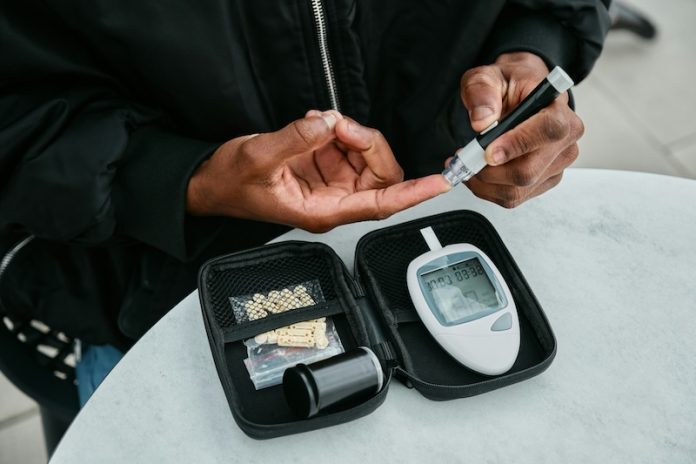
Type 2 diabetes is one of the most common long-term health conditions in the world today. It happens when the body doesn’t use insulin properly or doesn’t make enough insulin, leading to high levels of sugar in the blood.
People often wonder—does type 2 diabetes run in families, or is it something caused by the way we live? The short answer is: both. Research shows that both genetics and lifestyle play important roles in who gets type 2 diabetes and when.
Let’s start with genetics. Studies have found that if you have a parent or sibling with type 2 diabetes, your risk of developing the condition is higher. For example, if one of your parents has type 2 diabetes, your risk is about 40%. If both parents have it, the risk goes up even more.
Scientists have discovered dozens of genes that are linked to how the body handles blood sugar and insulin. These genes can affect how much insulin your body makes, how sensitive your cells are to insulin, and how your liver stores and releases sugar. Some people are born with genes that make it easier for their blood sugar levels to rise and harder for their body to control them.
But genes alone don’t explain the full picture. Many people with a family history never develop diabetes, and many others with no family history do. That’s where lifestyle comes in. The way we live—what we eat, how active we are, how much we sleep, and how much stress we deal with—can make a big difference.
In fact, research shows that the global rise in type 2 diabetes over the past few decades is largely due to lifestyle changes, especially in countries where people are eating more processed foods, exercising less, and gaining weight.
Carrying extra body fat, especially around the belly, is one of the biggest risk factors for type 2 diabetes. This fat can affect how the body uses insulin, making it harder to keep blood sugar levels in a healthy range.
People who don’t move their bodies much during the day—like those with desk jobs or sedentary lifestyles—also have a higher risk. On the other hand, regular physical activity helps the body use insulin better and lowers blood sugar. Even 30 minutes of walking a day can make a difference.
Diet is another major factor. A diet high in sugary drinks, fast food, and refined carbohydrates (like white bread and pastries) can increase the risk of diabetes. In contrast, eating more vegetables, whole grains, lean proteins, and healthy fats has been shown to lower the risk.
Studies like the large Diabetes Prevention Program in the United States found that people at high risk for diabetes could cut their risk by more than half just by losing a small amount of weight and being more active.
So, while you might inherit a higher risk of type 2 diabetes, that doesn’t mean you’re destined to get it. Your genes load the gun, but your lifestyle often pulls the trigger. Understanding your family history can help you be more aware, but it’s your daily habits—like what you eat and how often you move—that usually make the biggest difference.
In summary, type 2 diabetes is caused by a mix of genetics and lifestyle. You can’t change your genes, but you can change your habits. And the good news is that even small changes—like walking more, eating better, and managing stress—can have a big impact on your health and help prevent or delay type 2 diabetes.
If you care about diabetes, please read studies that pomace olive oil could help lower blood cholesterol, and honey could help control blood sugar.
For more information about health, please see recent studies that blueberries strongly benefit people with metabolic syndrome, and results showing eggs in a plant-based diet may benefit people with type 2 diabetes.
Copyright © 2025 Knowridge Science Report. All rights reserved.



